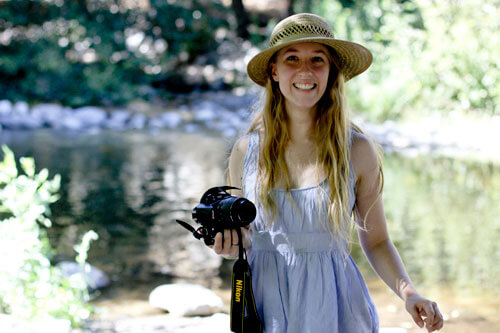Brooke Shaden was born in March of 1987 in Lancaster, PA, USA. She grew up near the "Amish Country" until attending Temple University. Brooke was photographically born in December 2008 after graduating from Temple with bachelor degrees in film and English. She now resides in Los Angeles, CA, USA with her husband and two cats.
She began creating self-portraits for ease and to have full control over the images, and has since grown into a self-portrait artist. Self portraiture for her is not autobiographical in nature. Instead, she attempts to place herself within worlds she wishes we could live in, where secrets float out in the open, where the impossible becomes possible.
Brooke works to create new worlds within her photographic frame. By using painterly techniques as well as the square format, traditional photographic properties are replaced by otherworldly elements. Brooke's photography questions the definition of what it means to be alive.
Discover Brooke Shaden's Interview
